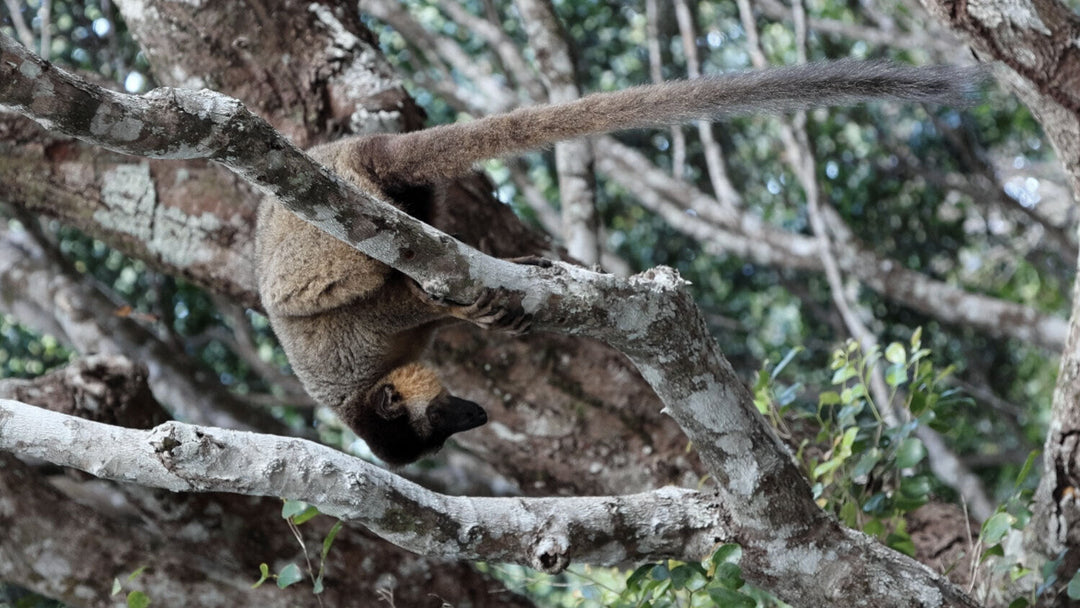The differences between stoats and weasels
Stoatally different or weasily confused?
In this guide we break down the key similarities and differences between stoats and weasels to help with confident identification.
In Britain, there are seven species that belong to the mustelid family, which are the weasel, stoat, American mink, polecat, pine marten, otter and badger. Mustelid species share some similar physical features, such as a long body, short legs and thick fur. However, there is a wide range in size, fur colour, markings and tail shape among the different species.
The two smallest mustelid species in Britain, the weasel and stoat, can be challenging to differentiate. It's common for people to confuse the two species, especially when only catching a brief glimpse.

Weasel (Mustela nivalis) - Approx. 20cm

Stoat (Mustela erminea) - Approx. 35cm to 45cm
Similarities
There are some key similarities of weasels and stoats to keep in mind. They have a similar body shape and also share a similar colouration, with brown fur on their backs and light underparts. However, there are some slight differences in their fur colour to take note of. Weasels tend to have lighter brown fur and white underparts, while stoats usually have darker brown fur and creamy-coloured underparts.
Differences
There are some key differences to look out for when trying to differentiate between weasels and stoats. One notable difference is the black tail tip of a stoat, which is often visible even at a quick glance, while weasels have a short, stubbier tail that is brown all over. Size is another distinguishing factor, with weasels measuring around 20cm long and stoats almost twice the size, ranging from 35 - 45cm from nose to tail tip. Another significant difference is that in the colder, northern parts of their range, some stoats turn white in winter, a phenomenon known as ermine, which provides them with better camouflage in snowy conditions. Weasels, on the other hand, do not change colour seasonally.

Some stoats turn white (ermine) in winter but maintain a black tail tip.
How to monitor stoats and weasels with camera traps
Stoats and weasels can be found throughout Scotland, England and Wales and occupy various habitats, including gardens, woodlands and farmland. Capturing these species on camera trap can be challenging, owing to their small size and rapid movements. Therefore, it's crucial to consider camera placement. Both species have a tendency to follow linear features like fallen trees, hedgerows, woodland edges remnants of old walls, so these features make for good camera trap focal points.
To monitor these creatures, camera traps such as the NatureSpy Ursus and Browning Recon Force Elite HP5 are ideal, as they feature sensitive and quick triggers that are capable of monitoring these speedy and elusive mustelids.

A stoat poses for a camera trap photo
Mad about mustelids?
Our British mustelid identification guide covers all seven mustelid species found in Britain, and also includes details on perfecting camera trap setups for mustelid monitoring.
------
Article by Ed Snell



